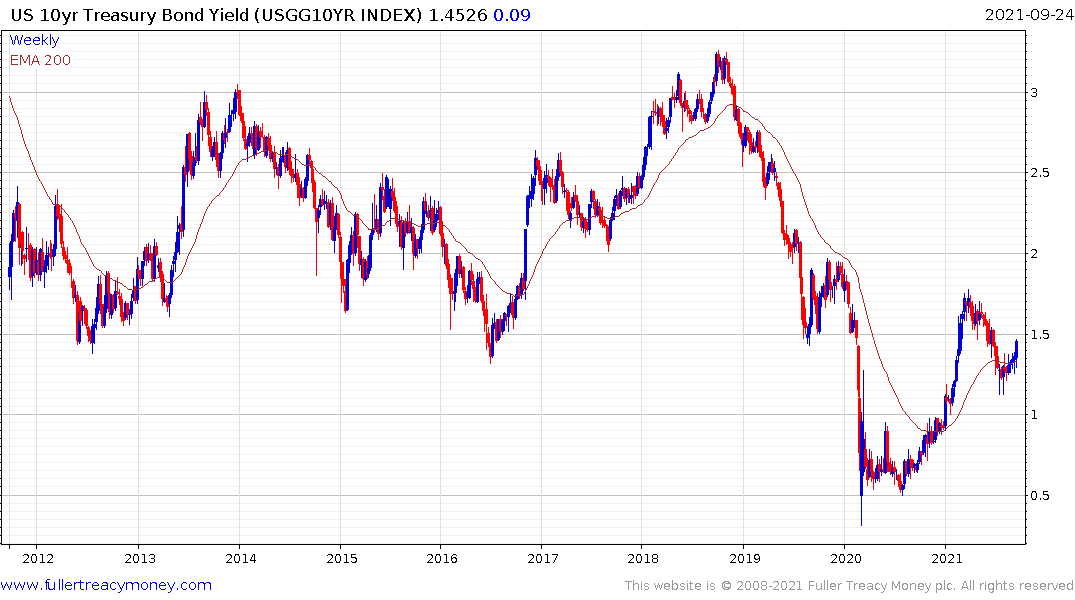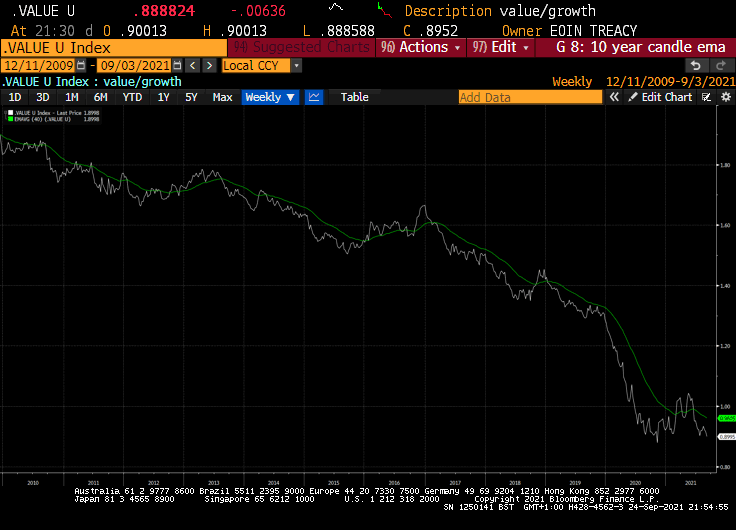Roubini Says He's "Dr. Realist" by Warning of Global-Debt Trap
Thanks to a subscriber for this article which may be of interest. Here is a section:
“My concern is that we are in a debt trap,” Roubini, chairman and chief executive officer of Roubini Macro Associates, said in an exclusive interview on Bloomberg TV at the Greenwich Economic Forum in Connecticut. “When central banks are going to want to essentially phase out unconventional monetary policy, given the debt ratios, there is the risk of a crash in the bond market, in the credit market, in the stock market, in the economy and therefore they’ll be in that debt trap and unable to normalize policy rates.”
When the Covid-19 pandemic started to strangle the global economy, easy monetary policies and stimulative fiscal policies were seen as necessary to “backstop the financial system,” Roubini said. But the results have been extreme.
“We are in a debt super cycle,” he said. “And eventually, central banks are in a trap. People said they are going to normalize policy rates, but with these levels of private and public debt, if they were trying to do that, there will be a market crash, an economic crash, and therefore, I think the path of least resistance is going to be to wipe out the real value of nominal debt at fixed-interest rates with higher inflation.”
The recipe for success in 2020 was a willingness to accept problems and look through them to the inevitable solutions. The magnitude of the challenge the pandemic presented was so large that only a massive monetary and fiscal response would suffice to blunt its impact. With that conclusion in hand asset prices rebounded impressively.
The multiplication of debt totals over the last year presents an equally profound issue. Debt servicing costs declined in 2020 because yields compressed so violently despite the increase in issuance. That was a very pleasant outcome for governments which reduced pressure to normal spending patterns.
As yields rise, the big question is how will governments deal with the headwind of rising servicing costs on their debt. Every country will not be affected in the same way. The average duration on the UK’s debt, for example, is 14 years. For Australia, the average maturity is 8.75 years. Meanwhile the duration of the USA’s debt is around 5 years and Germany’s is around 6.7 years.

The governments with the greatest ongoing funding requirements are obviously most acutely sensitive to interest expense increases in real time. In the regular course of events that would be enough to curtail the spending plans of politicians. That’s where the look through pattern comes back in.
The assumption is that the debt issue is so large that central banks will have no choice but to fund deficits because it is politically untenable to cut social programs and significantly raise taxes.
Everyone knows that if central banks do not comply, the financial markets will become unruly and growth will reverse. Central banks will then be forced to act. With that knowledge there is no need to sell because the provision of additional liquidity is inevitable regardless of what happens. It is really only a question of when the assistance is provided.
This is a very comfortable way of thinking about markets. I can’t help but feel it is too comfortable. The really big question is whether the inflationary trend is indeed transitory. Arguably the big rebound in commodity prices, post GFC, ended with China pulling back from stimulus and the Tea Party forcing fiscal rectitude in the USA. That helped to blunt the inflationary trend.
Since that also helped to seed populist movements everywhere, there is very little appetite for a repeat. The willingness to run loose fiscal policy is one of the primary arguments to support the higher inflation for longer thesis. It also suggests stagflation is more likely because central banks will feel bound to act in at least a modest fashion to deter demand amid supply challenges.

Many sections of the stock market are extremely interest rate sensitive so the higher bond yields move the greater the headwind to the performance of growth relative to value; regardless of overly comfortable rationalisations.


